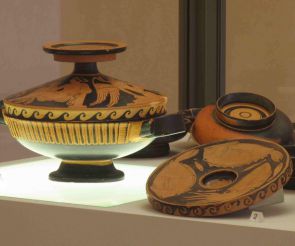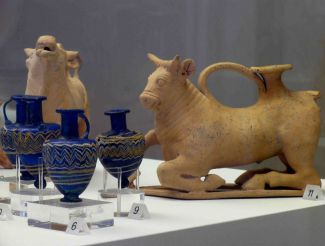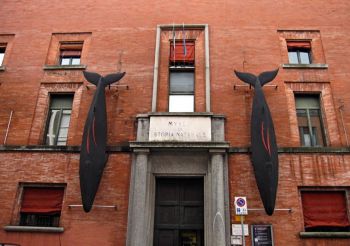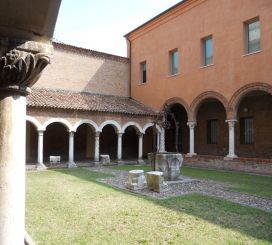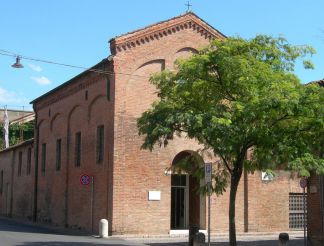National Archaeological Museum, Ferrara
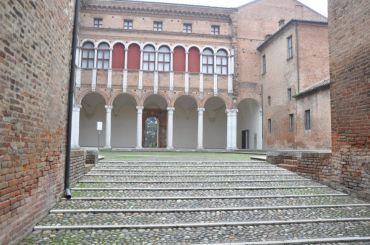
National Archaeological Museum (Museo Archeologico Nazionale) of Ferrara presents important finds in its collections. Its core is made up of artifacts from the excavations of the ancient Etruscan city – Spina. And since, in the past, the latter was an important trading port, you can find many interesting items of the ancient era in the museum.
History of the museum
In 1922, the necropolis of Valle Trebba was discovered on the territory of the ancient city of Spina. The authorities of Ferrara immediately declared their right to store the found artifacts in their museums. But in 1924, all the finds were transferred to the Civil Museum of Bologna, and became the property of the state. A special commission was created for their preservation. But soon black archeology began to flourish in the necropolis, and the new president of the commission decided to save all the items from the excavations in the museum of Ferrara. It was decided to place a new museum in the old Palazzo Costabili (16th century), bought by the state in 1920. In 1931, the restoration works started. And finally, on October 20, 1935, the museum was inaugurated under the name The Royal Museum of Spina. In 1970, the exhibition spaces were reorganized here, and at the end of the 1980s the museum was closed for a radical reconstruction. It was reopened in 1997.
Exposition of the museum
Today the museum is an exhibition of the great cultural heritage of the ancient city of Spina, which flourished in the 6–3 centuries BC. It was collected from more than 4000 tombs of the necropolis. The objects and materials of the Etruscan and Greek civilizations are presented here. The museum route is built in chronological order, and is divided into several parts.
- First floor. It is dedicated to the city of Spina. The itinerary with the characteristic musical accompaniment leads through 4 rooms. They contain finds from the ancient city: ceramics, household items, silver, ornaments. Separate rooms are decorated with frescoes depicting various myths, written documents and a virtual library.
- Second floor. It is dedicated to the necropolises of Valle Trebba and Valle Pega. The exhibited objects are the unitary collection from a topographic and cultural point of view, which has exceptional value. These are tombs, sarcophagi, burial clothes and ornaments, various objects of bronze and precious metals, ceramics, among which are exceptional vases from Athens. All these findings confirm the trade and economic importance of the city in the ancient world.
- Golden Hall. All the jewelry found in the necropolises was moved to the separate room. More than 100 pieces of jewelry from various materials: gold, silver, amber, precious and semiprecious stones – are exhibited here. Most of them belonged to women of high social rank. Their skillful manufacture shows the level of craftsmanship of artisans of the Etruscan city. Containers with various aromatic and cosmetic products of that time are also in the hall.
- Hall of boats. 2 single boats of 3-4 centuries, found in 1940 are here. Interesting specimens were restored and brought to the museum in 1948. In 2008-2010, they were again restored using modern technologies.
How to get there
The museum is located near the center of Ferrara, on the Via XX Settembre, 122. Not far from it there is a huge park zone encircling the center of the city. Also within 10 minutes walk there are the Schifanoia Palace and the Lapidary Museum. Opposite of the museum there is a bus stop Museo Di Spina (route 2).
Opening hours: from 9:30 to 17:00. The ticket office closes at 16:30. Monday is a day off. Phone number: (+39) 0532 66299.
Admission: the price of a full ticket is 6 euros, with a discount (18-25 years) – 3 euros. For young people under the age of 18 – admission is free. Data of June 2018.



